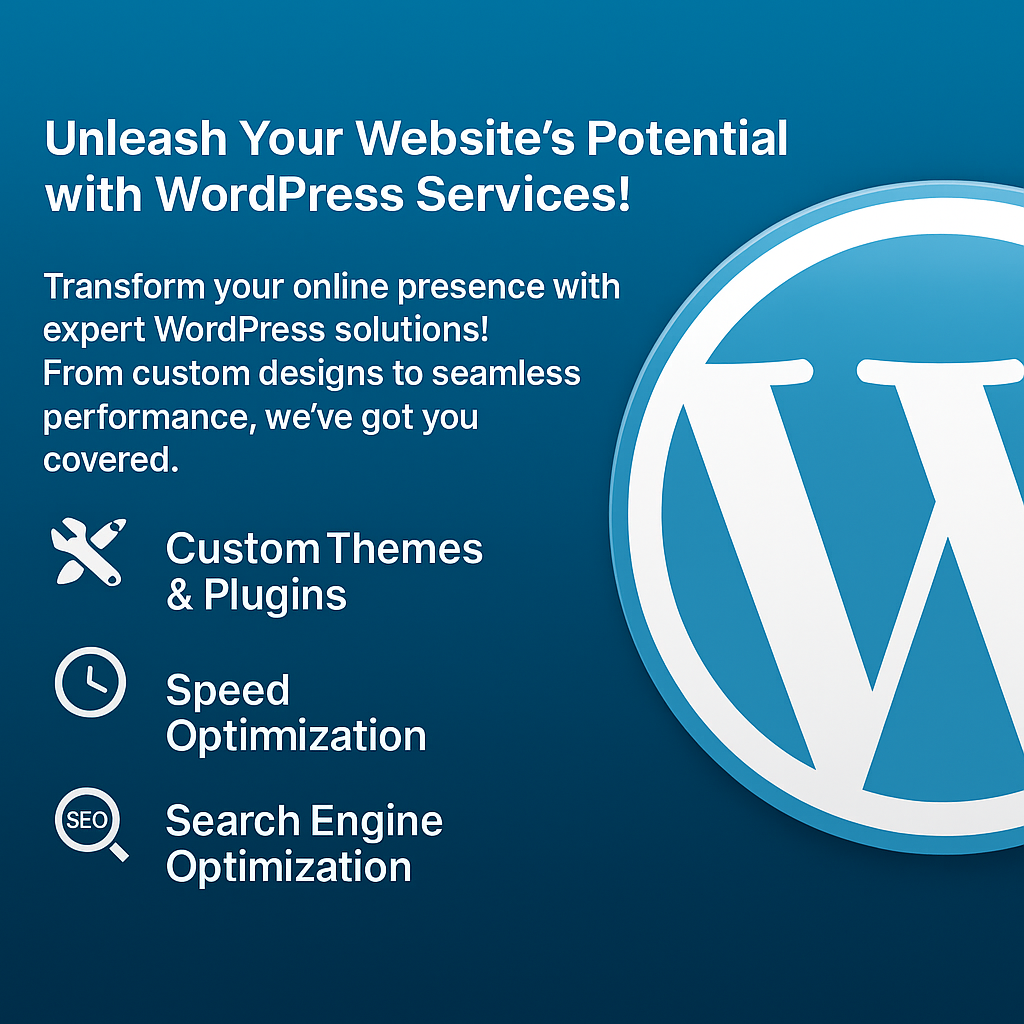Post at a Glance
Animation Examples
jQuery Animations are a powerful way to bring interactivity and visual appeal to websites. They allow developers to create smooth, engaging effects that enhance user experience without overwhelming the codebase. From fading elements to sliding panels, jQuery Animations offer a versatile toolkit for web designers.
In this post, we’ll explore eight stellar examples of jQuery Animations, complete with code samples to inspire your next project. Whether you’re a beginner or a seasoned developer, these examples will show you how to leverage jQuery CSS Animations to make your website pop. Poor static websites—they deserve the dynamic charm of jQuery Animations!
1. Fade In/Out with jQuery
Fading elements in and out is a classic use of jQuery Animations. This effect is perfect for drawing attention to content or creating smooth transitions. Let’s create a button that fades a div in and out.
<div id="fadeBox" style="width:100px;height:100px;background:#3498db;"></div>
<button id="fadeBtn">Toggle Fade</button>
<script src="https://code.jquery.com/jquery-3.6.0.min.js"></script>
<script>
$(document).ready(function(){
$("#fadeBtn").click(function(){
$("#fadeBox").fadeToggle(1000);
});
});
</script>This snippet uses .fadeToggle() to alternate between fading in and out over 1000 milliseconds. jQuery Animations make this effect seamless, adding a touch of elegance to any webpage.
2. Slide Up/Down with jQuery
Sliding content is another popular technique in jQuery Animations. It’s great for menus or collapsible sections. Here’s an example of a sliding panel.
<button id="slideBtn">Toggle Slide</button>
<div id="slideBox" style="width:100%;height:200px;background:#e74c3c;"></div>
<script>
$(document).ready(function(){
$("#slideBtn").click(function(){
$("#slideBox").slideToggle(800);
});
});
</script>The .slideToggle() method creates a smooth vertical slide. jQuery Animations like this are intuitive, making content feel dynamic and responsive.
3. Animate Custom Properties with jQuery
jQuery Animations aren’t limited to predefined effects. The .animate() method lets you tweak CSS properties like width, height, or opacity. Let’s animate a box’s size and opacity.
<div id="animateBox" style="width:100px;height:100px;background:#2ecc71;"></div>
<button id="animateBtn">Animate</button>
<script>
$(document).ready(function(){
$("#animateBtn").click(function(){
$("#animateBox").animate({
width: "200px",
height: "200px",
opacity: 0.5
}, 1200);
});
});
</script>This example showcases the flexibility of jQuery Animations, allowing you to craft custom effects tailored to your design.
4. Chained Animations with jQuery
Chaining multiple jQuery Animations creates complex sequences. Let’s make a box move, resize, and fade in one go.
<div id="chainBox" style="width:100px;height:100px;background:#9b59b6;position:relative;"></div>
<button id="chainBtn">Chain Animation</button>
<script>
$(document).ready(function(){
$("#chainBtn").click(function(){
$("#chainBox").animate({left: "200px"}, 1000)
.animate({width: "150px", height: "150px"}, 1000)
.animate({opacity: 0.7}, 1000);
});
});
</script>Chaining jQuery Animations like this creates a fluid, multi-step effect that captivates users.
5. Toggle Visibility with jQuery
The .toggle() method in jQuery Animations can show or hide elements with a custom effect. Let’s toggle a div’s visibility with a fade.
<button id="toggleBtn">Toggle Visibility</button>
<div id="toggleBox" style="width:100px;height:100px;background:#f1c40f;"></div>
<script>
$(document).ready(function(){
$("#toggleBtn").click(function(){
$("#toggleBox").toggle(1000);
});
});
</script>This simple yet effective use of jQuery Animations keeps interfaces clean and interactive.
6. Animated Scroll with jQuery
Smooth scrolling enhances navigation, and jQuery Animations make it easy. Here’s how to scroll to a section smoothly.
<a href="#section" id="scrollBtn">Go to Section</a>
<div id="section" style="margin-top:1000px;height:200px;background:#1abc9c;"></div>
<script>
$(document).ready(function(){
$("#scrollBtn").click(function(e){
e.preventDefault();
$("html, body").animate({
scrollTop: $("#section").offset().top
}, 1500);
});
});
</script>This jQuery Animations trick improves user experience by making navigation feel effortless.
7. Hover Effects with jQuery
Hover effects are a staple of interactive design. jQuery Animations can make them more engaging, like scaling an image on hover.
<img id="hoverImg" src="image.jpg" style="width:200px;height:200px;">
<script>
$(document).ready(function(){
$("#hoverImg").hover(
function(){
$(this).animate({width: "250px", height: "250px"}, 500);
},
function(){
$(this).animate({width: "200px", height: "200px"}, 500);
}
);
});
</script>This example shows how jQuery Animations can make hover effects more dynamic and visually appealing.
8. Sequential Animations with jQuery
For more complex interactions, jQuery Animations can be sequenced using callbacks. Let’s animate multiple elements one after another.
<div id="box1" style="width:100px;height:100px;background:#e67e22;position:absolute;"></div>
<div id="box2" style="width:100px;height:100px;background:#34495e;position:absolute;top:150px;"></div>
<button id="seqBtn">Run Sequence</button>
<script>
$(document).ready(function(){
$("#seqBtn").click(function(){
$("#box1").animate({left: "200px"}, 1000, function(){
$("#box2").animate({left: "200px"}, 1000);
});
});
});
</script>This demonstrates the power of jQuery Animations in orchestrating multi-element effects.
Why jQuery Animations Matter
jQuery Animations remain a go-to choice for developers due to their simplicity and cross-browser compatibility. They don’t require complex CSS keyframes or heavy JavaScript logic, making them accessible for beginners and efficient for pros. The examples above show how jQuery Animations can transform static elements into engaging, interactive experiences. Whether it’s a subtle fade or a complex sequence, jQuery Animations offer endless possibilities.Tips for Using jQuery Animations Effectively
- Keep It Subtle: Overusing jQuery Animations can overwhelm users. Use them to enhance, not distract.
- Optimize Performance: Avoid animating too many elements at once to prevent lag.
- Test Across Devices: Ensure your Animations look smooth on mobile and desktop.
- Combine with CSS: For simple transitions, consider CSS, reserving jQuery for complex effects.

jQuery Animations are a fantastic way to add life to your website. The eight examples provided fading, sliding, custom animations, chaining, toggling, scrolling, hover effects, and sequential animations demonstrate the versatility of jQuery.
Each comes with clean, reusable code to help you get started. By mastering jQuery, you can create interfaces that are both functional and visually stunning, giving those poor static sites the dynamic upgrade they deserve. Experiment with these examples, tweak the parameters, and watch your web projects come alive with jQuery!
REQUEST WEB DESIGN SERVICES
Looking for web design or SEO services? Fill out this short form and we’ll contact you to talk about your project needs. Help us understand your vision so we can deliver a tailored, user-friendly design that effectively represents your brand
Related Posts:

















